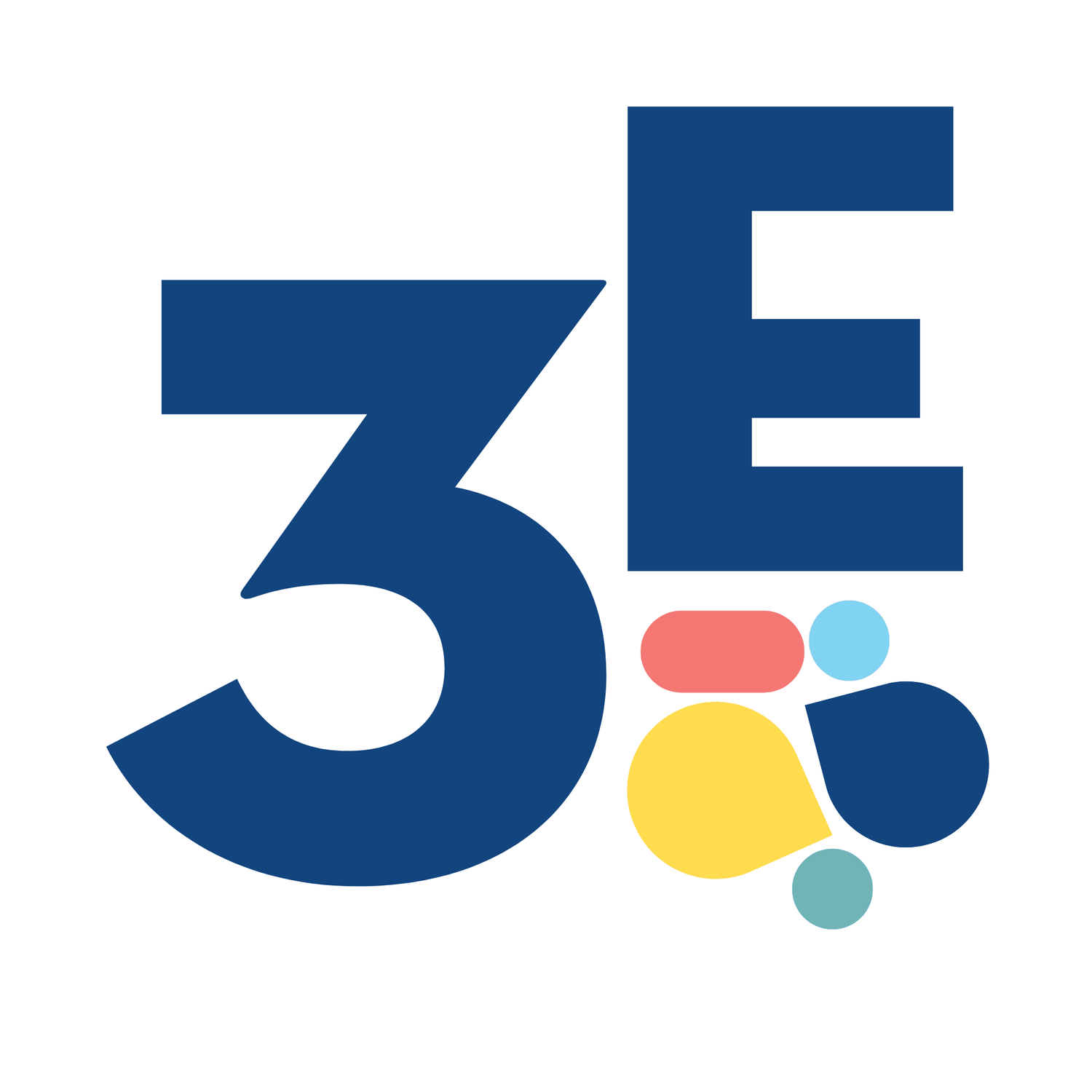Non-formal education
We are focusing on creating and facilitating learner-centered and experiential educational activities that emphasize learners’ active participation and ownership over their own learning process.
We are using creative methods that encourage learners to play an active role by asking questions, sharing experiences, and making suggestions. Equally important is to create opportunities for diverse people to connect, interact and cooperate ‒ to understand each other, and to learn from each other.
Our approach to non-formal learning is holistic – the core goal is to develop learners’ personal competency consisting of skills, knowledge, behavior, abilities, and experience, that enable them to achieve their full potential, to feel participation, and to be active citizens.
Social Artistry
Social artistry is the attempt to address or recognize a particular social issue using art and creativity as a tool for handling it. Social artists use creative skills to promote change in their own community through engaging people in participatory activities or processes. Social artists also support people in finding their own means of creative expression and taking initiative in addressing the social issues that concern them.
In our work artistic and creative expressions are used as a tool for promoting creativity, self-expression, learning, and connection between diverse people as well as on promoting initiative among community members.
Media education
We are understanding media and digital literacy primarily as having the necessary skills and competence for understanding society and as the ability to participate in public discussion.
We are also seeing media as a great tool that can be used for strengthening social participation and civic engagement. Social participation, in simple terms, refers to activities that allow people to socialize, to connect with each other. Civic engagement or civic participation is about addressing a matter of public concern. It refers to people taking individual or collective action for making change.
We are also considering and actively applying the communication rights, as a theoretical and practical framework for our media education activities. Everyone has the potential to communicate, but not everyone has the equal capacity and means to use this potential.
Civic imagination
We are using civic imagination as a theoretical framework and a tool for non-formal education, media education, and storytelling.
Civic imagination is a capacity to imagine what the world could be like and how to get there. To empower change, we need to be able to imagine working alternatives to our current cultural, social, political, or economic conditions – and we also need to be able to imagine the process to get there, not just for me or to us, but for a larger democratic community consisting of diverse people who have their divergent memories, hopes and dreams.
Civic imagination encourages people to feel solidarity with others whose perspectives and experiences are different than one’s own, to join a larger collective with shared interests, and to bring imaginative dimensions to real world spaces and places.
Storytelling
To involve people at the deepest level, we need stories. These stories can be oral, they can be written, visual, physical, or digital or a combination of all these forms.
In our work storytelling cuts through all activities and is practiced in multiple forms through for example social arts, journalism, and communications. Stories are also a key element in development and production of ecological, socially sustainable products and services that raise awareness about sustainability, diversity, equity, and inclusion.

